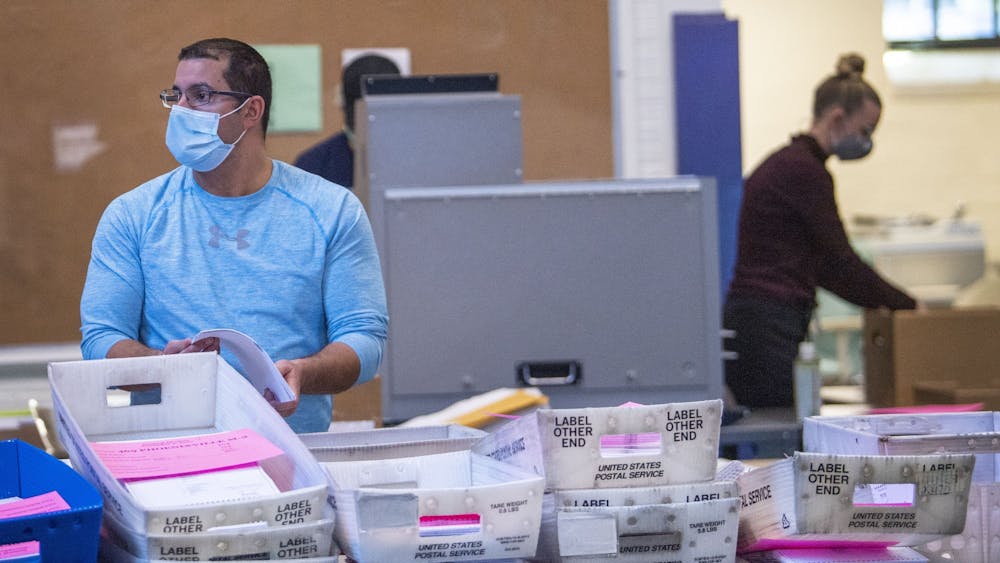Editor's Note: The Indiana Daily Student is now publishing national articles from our wire service. What does that mean? Read a letter from the editor about it here.
FORT LAUDERDALE, Fla. — Hurricane Danielle formed Friday in the central Atlantic, just one day after August came and went without a named storm for only the third time since 1961, according to the National Hurricane Center.
After emerging as Tropical Storm Danielle on Thursday, the system intensified overnight and became the first hurricane of the season Friday morning.
As of the 11 a.m. Friday advisory, Danielle was located about 885 miles west of the Azores with maximum sustained winds of 75 mph moving west at 1 mph. The system is now a Category 1 hurricane, the fourth named storm of the hurricane season, and the first in nearly two months.
Its hurricane-force winds extend out 15 miles with tropical-storm-force winds out 115 mph. It is expected to reach sustained wind speeds of 100 mph within two days, which would make it a Category 2 hurricane.
Deep in the mid-Atlantic, Danielle is no current threat to land.
Danielle is the first named storm to form in the Atlantic since early July, when Tropical Storm Colin formed offshore of the Carolinas.
National Hurricane Center forecasters are monitoring two other systems, one of which is near the Caribbean.
That system is gradually developing but is expected to remain outside of the Caribbean Sea as it moves generally toward the U.S. East Coast. Forecasters said though the environmental conditions are marginally favorable for development, the system only needs to slightly develop over the next few days in order to become a tropical depression.
As of 8 a.m. Friday, National Hurricane Center forecasters said it has a 50% chance of developing in the next two days and a 70% chance over the next five days.
The presence of wind shear near the Caribbean could be a hindrance to further development beyond a tropical depression, according to AccuWeather, the private forecasting service.
A third system in the far eastern Atlantic near Africa has a low chance of strengthening into a tropical depression as it gets further into the central Atlantic. It is moving into an unfavorable environment, the center’s 8 a.m. update said, and is not expected to significantly develop.
The next named storm to form will be Earl. There have only been three other named storms so far this season — Alex, Bonnie and Colin — with the last one, Colin, dissipating on July 3, meaning this 60-day streak is the second-longest time in Atlantic hurricane season history without a named storm since 1995.
Only Alex made its presence known in South Florida by dumping as much as 12 inches of rain in some areas.
“It looks like September could really kick off an active period in the tropics. A steady wave train of energy rolling off Africa into the tropical Atlantic is expected to keep things active for a while across the Atlantic basin,” said AccuWeather meteorologist Brandon Buckingham.
The most active part of hurricane season is from mid-August to the end of October, with Sept. 10 the statistical peak of the season.
Forecasters say dry air, Saharan dust and wind shear have been among the reasons there haven’t been more storms this year.
Hurricane season ends Nov. 30.






